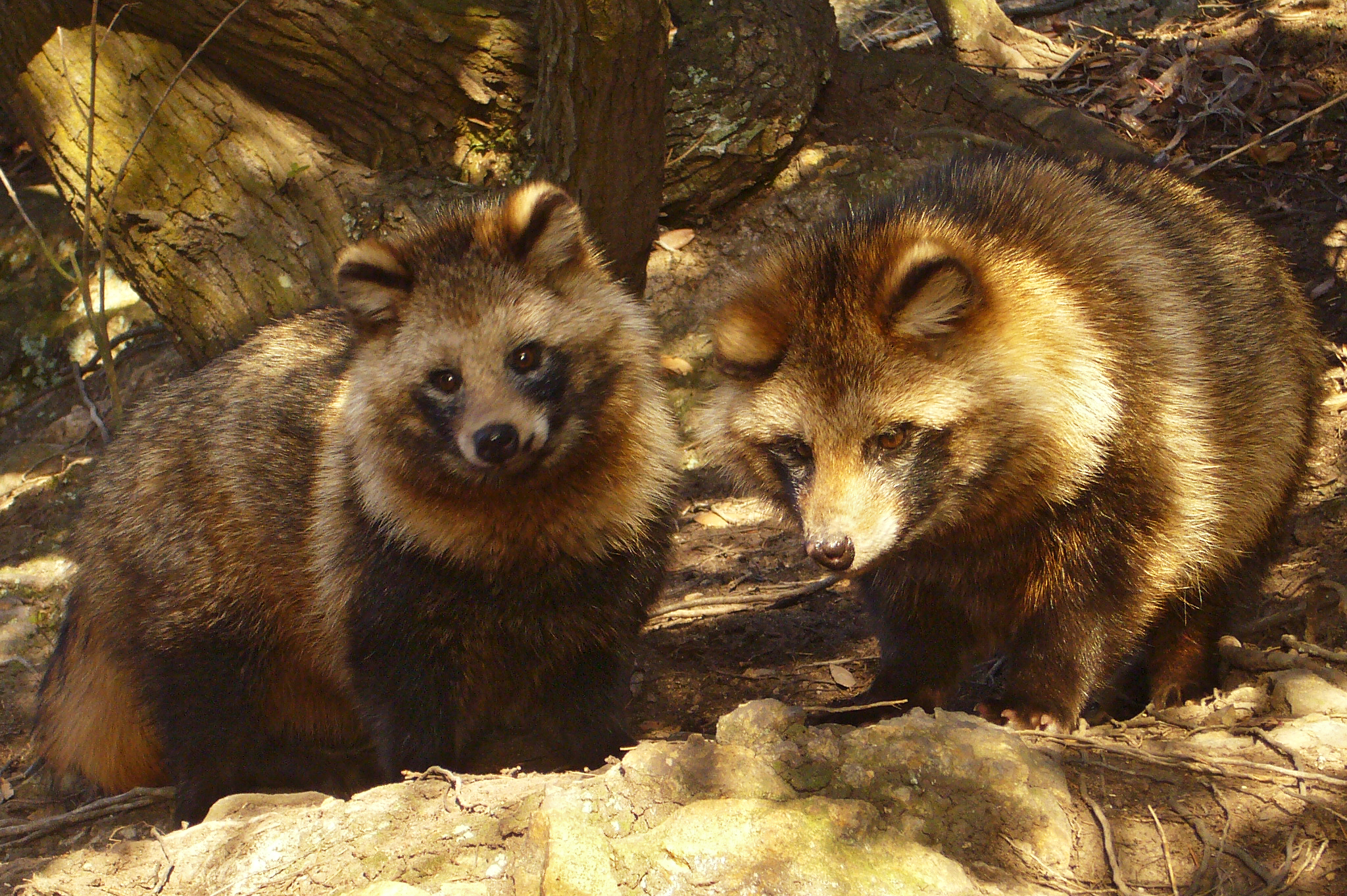Intruders a threat as climate gets milder
Swedish indigenous ecology is threatened by newcomers. Case in point: survivors from the Russian fur industry.
-
 Raccoon dogs are a problem to Swedish biodiversity because of the milder climate. The animals are not native to Sweden.
Raccoon dogs are a problem to Swedish biodiversity because of the milder climate. The animals are not native to Sweden. -
-
A milder climate in Sweden means a greater threat from foreign animals and plants, and the effects are already showing in the last years’ invasion of raccoon dogs in the northern parts of the country. Ever since 2008, costly and difficult efforts have been made in order to try to fend off the raccoon dog. The species, which originally belongs in Southeast Asia, was imported during the 20th century by Russian fur producers, and spread to Finland where it is still common. It was seen in Sweden for the first time in 1947, but it is during the last few years that the raccoon dog has become a serious threat to Swedish ecology. The reason is the change in climate, according to P-A Åhlén at Mårdhundsprojektet (the Raccoon Dog Project), who is responsible for trying to decrease the population of the raccoon dog (which today consists of a hundred animals in Norrbotten). “That there’s an increase is a direct result of the milder winters in northern Finland during the past 20 years,” Åhlén says. Raccoon dogs are sensitive to cold weather and they need a long period of vegetation in order to fatten up for the colder season. So called invasive species, animals or plants that come from abroad and disrupt the Swedish eco system, are a grave problem and they are taken seriously by Swedish authorities, as they may destroy the biodiversity and lead to infections and parasites that in certain cases may affect humans. The number of invasive species that have taken hold in Sweden is continuously increasing, and once they’re in the country they are hard to get rid of. And the problem may increase further as a result of climate changes, according to Mark Marissink, director at Naturvårdsverket’s unit for nature and biodiversity. “Climate changes play a part in this,” he says. “Several species that have previously not taken hold in Sweden may establish themselves and become a future problem.” Thanks to a successful method of capturing and sterilizing animals and marking them with a GPS transmitter, the raccoon dog population is now decreasing. Raccoon dogs are monogamous, and when they are let loose they try to find a mate. “They move over large surfaces. When they stay in one place for a week we know they’ve found a partner. That’s when we go in and kill the partner,” says P-A Åhlén. At the last count the population was down to 100-130 animas, half of what it was when this new method was first introduced. The effort has been partially financed by a grant from the European Union, but this will cease this fall. What won’t disappear is the need to ward off the raccoon dogs. “Much work is needed to keep the population at bay. Bu compared to letting them roam freely, it is much cheaper,” Åhlén concludes.
-
-
